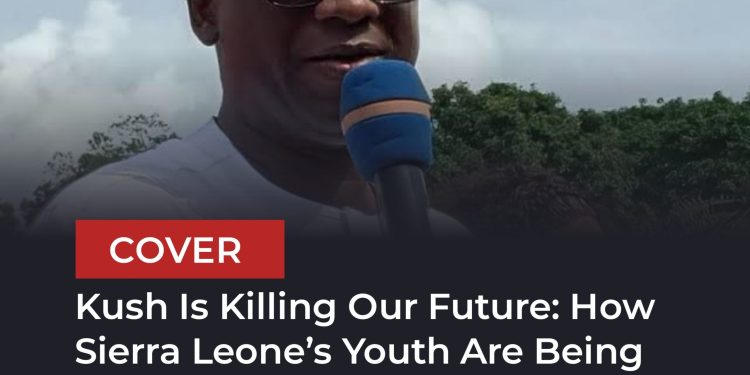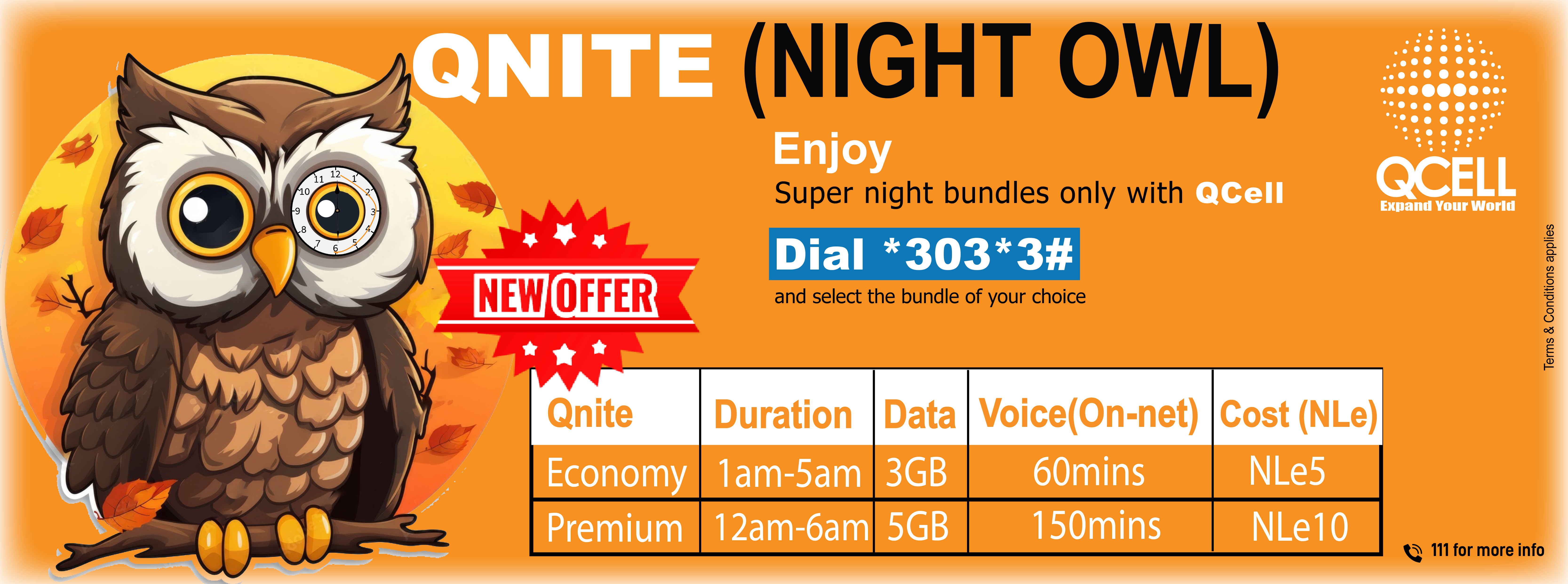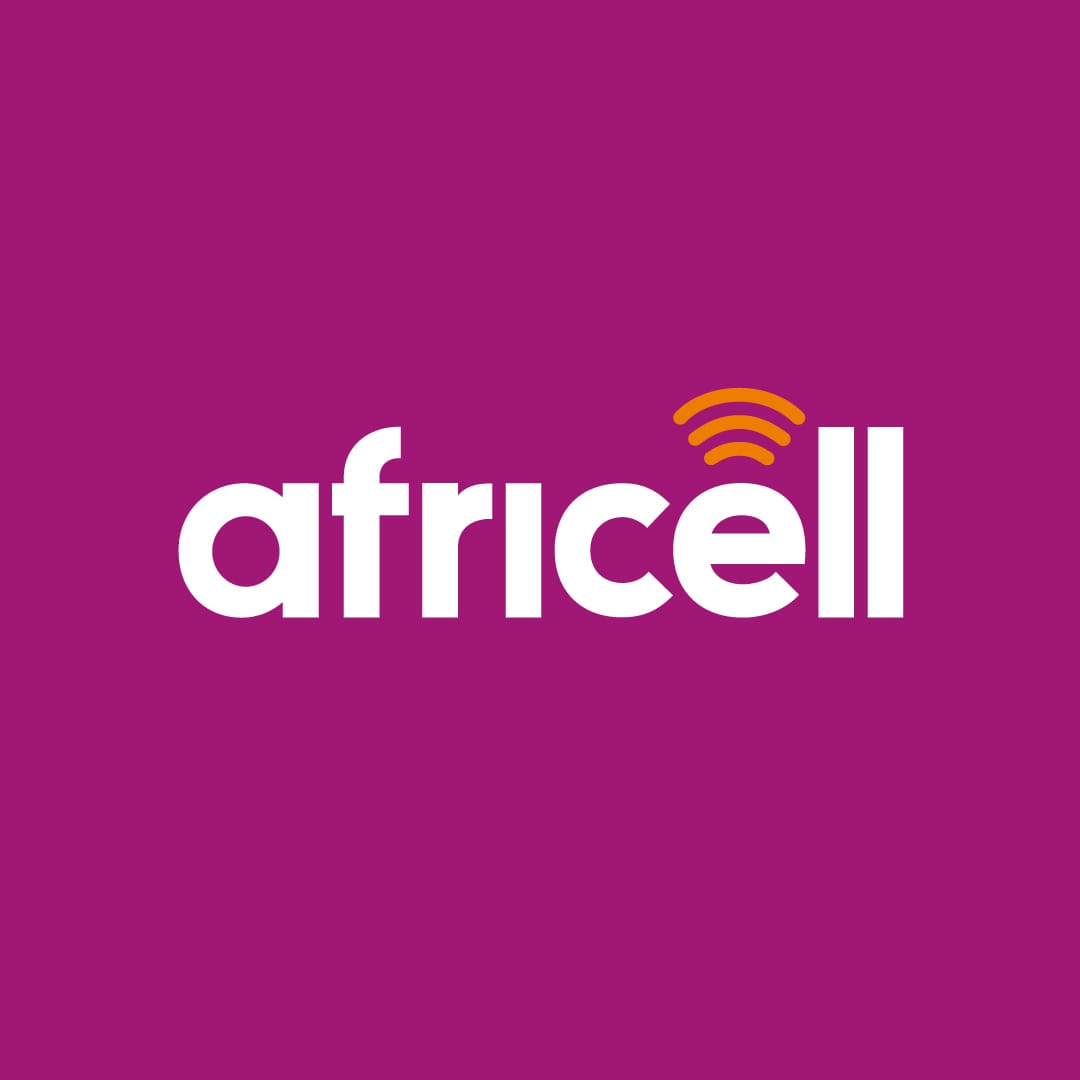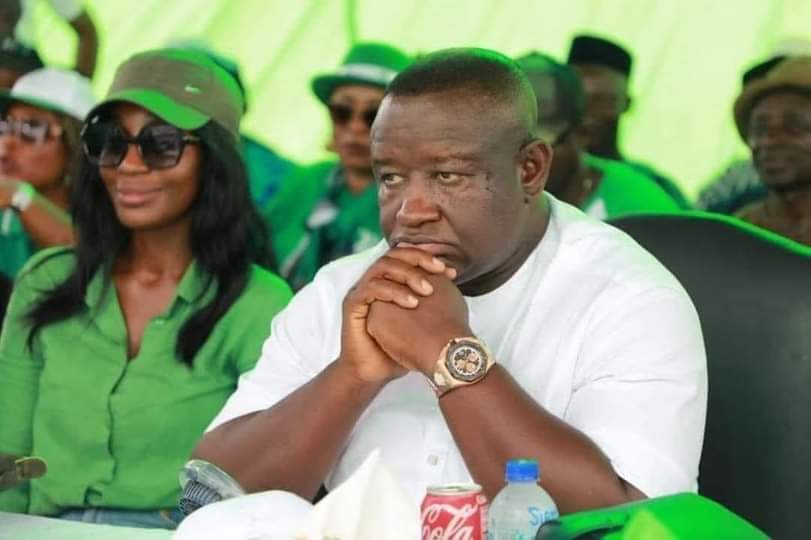Dr. Ibrahim Bangura, APC Presidential Aspirant 2028
When I walk through the streets of Freetown, I often see the same haunting sight: a young person, motionless, slumped against a wall, a small paper packet in hand. For many in this city, that packet no longer simply means escape, it marks the beginning of a descent. The drug known locally as kush is ravaging our youth, our families, our future.
This is not a moralistic tirade, it is a reality check. The cheap, synthetic, dangerously unpredictable mixture called kush is fundamentally reshaping the lives of Sierra Leoneans. It is time to speak plainly about the damage, the gaps in our response, and the path forward we must walk if we wish to protect our children.
What is kush and why is it so deadly?
Kush is not a single, well-defined substance. Investigations show it is a cocktail of synthetic cannabinoids, potent opioids (in particular nitazenes, some of which are up to 25 times stronger than fentanyl), and assorted other chemicals sprayed onto plant matter for smoking.
One report emphasises: “Originally shipped as a finished product… but increasingly precursor chemicals are ordered from China … then combined in labs in Freetown…”
It is cheap. It is accessible. One youth told reporters:
“There’s no work. There’s nothing here. It makes you forget.”
Packets go for a few thousand Leones, pennies by many standards, but ruinous in a country where the annual income per capita is under US $500.
And it behaves unpredictably: some users overdose and die, others survive but suffer severe psychiatric damage, organ failure, loss of social functioning. Mental health admissions linked to kush soared from 47 in 2020 to 1,101 in 2022 at one hospital, a more than 2,000 % increase.
How the youth are suffering
In Sierra Leone’s urban slums, in peri-urban zones, among the unemployed and yes, even among students and professionals, the reach of kush is frightening. A feature in AllAfrica quoted a youth worker who estimated 6,000 to 7,000 young people were already addicted, with drug-induced lesions, collapsed lives, abandoned dreams.
I spoke with some victims and here is what they said:
“We smoke it the whole day. I spend a lot of money on it every day, around 200 Leones (≈ US$10): a small fortune.”
The consequences are stark: schools deserting students who turn passive or violent, men unable to work, families burdened, crime rising. Grave-robbery has even been reported in response to rumoured components of kush (while the exact biological basis remains unconfirmed).
This is more than addiction. It is social disintegration. When the drug is cheaper than a pack of chewing gum as one user lamented, it becomes the escape of choice for those who see no hope: unemployed, traumatized, ignored.
Why law enforcement alone is not enough
I want to be clear: police action matters. But chasing street-level dealers is akin to trimming branches while ignoring the root of a tree. Reports show the supply chain of kush is complex: precursor chemicals ordered internationally, clandestine labs in suburban shacks, distribution networks that drift from district to district.
When authorities focus only on arresting petty dealers, the drug simply shifts: dosage rises, new blotters appear, users move faster and deeper underground. Meanwhile, supply continues. The root cause is supply plus demand and our response must address both.
A practical roadmap to protect our children
In my view, Sierra Leone needs a two-track strategy: public health first, and targeted enforcement second. Here’s how we make it work.
Rehabilitate like we mean it
Build functioning rehab centres, not just buildings. These must be staffed by trained psychiatrists, addiction specialists, social workers, peer mentors.
Treatment must include medically assisted therapy where needed, trauma counselling, vocational training, and community after-care at least 12 months post-treatment.
Access must be equitable: support for the poorest, not only those who can pay. The current centre charges ≈US$127/month in a country averaging US$500/year. That is clearly insufficient.
Data and accountability: every rehab should report relapse rates, job outcomes, overdose rates. The government must invest in a national registry to monitor impact.
Disrupt supply intelligently
Equip forensic labs to test seized kush, identify chemical signatures, publish regular bulletins, so we know what’s in it and where it comes from.
Work across borders: collaborate with neighbours (Liberia, Guinea) to trace networks, shipping routes, and precursor flows. The source is regional and global.
Follow the money: Investigate who profits. Asset-seizure powers, multi-agency task forces, customs that monitor unusual shipments.
Prioritize supply chains instead of constantly locking up users. When users fear arrest first, they hide their addiction and overdose risk and social harms rise.
Prevent before the pot becomes a problem
Invest in youth lives: job training, sports and arts programmes, safe spaces for youth in urban and rural zones. When young people have hope and occupation, they are less likely to seek escape.
Equip schools and community hubs with awareness programmes about the real dangers of kush (not myth but facts), targeting ages 14-29.
Partner with local NGOs, faith-based groups, community leaders, everyone has a stake. Prevention is local.
Communicate with compassion and clarity
A public figure must speak not in scolding tone but in trust-building voice. Dr. Ibrahim (or any leader) should articulate clear measurable steps, provide regular updates, publish outcomes. When citizens see transparency—“we opened two rehab centres, we analysed 1,000 samples, we seized X shipments, we admitted Y users” faith returns.
What I call on Government to do now
Within 90 days:
1. Launch three pilot rehab centres (one in Freetown, one in Makeni, one in Bo) staffed, open to intake, subsidised for the poor.
2. Upgrade the national forensic lab: procure test kits, train five technicians, publish first synthetic-profile bulletin.
3. Establish a multi-agency Task Force (Health, Customs, Police, Youth Affairs) with published Terms of Reference and progress milestones.
4. Begin national media campaign: clear messages about where to get help, what overdose signs look like, destigmatise addiction.
5. Roll out youth employment/vocation pilot linked to after-care from the rehab centres.
These are not generous “if we have budget” suggestions, they are essential if we are serious about protecting our children and reclaiming hope.
Closing: A pledge to the families, to our future
Parents who watch a child fade, who once sang, danced, studied, dreamed know the grief. Brothers and sisters, neighbours, I know the despair when you look to the street and see your friend gone, replaced by someone you do not recognise.
Let me be clear: there are no easy shortcuts. This will demand sustained investment, courage, coordination, honesty and compassion. But we must act. Because the alternative is the slow erosion of our next generation.
As Dr Ibrahim, I pledge to walk this road with you, standing with the young, walking with the families, working with government and community alike. Not as a politician, but as someone who knows our country’s promise and refuses to let this moment define our children’s future.
Our youths are not just statistics. They are names, dreams, hopes. When we save one, we send a tremor through a family, a community, a generation. Let’s start today.













